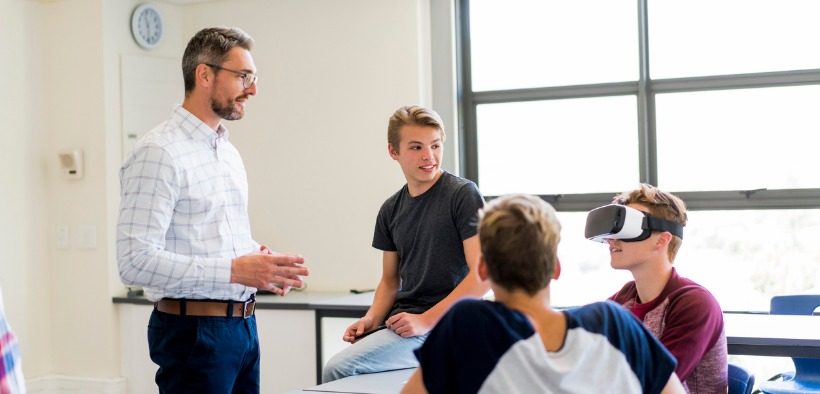There is a wide range of apps offering free virtual reality content for educators that can be viewed with a $10 Google Cardboard Viewer, including Google Expeditions, 360 Videos on YouTube, New York Times VR, and others. Take a look at Virtual Real for Education and Easy Methods for Using Virtual, Augmented, and Mixed Reality in Your Teaching to learn about them.
Related Articles
I have two loves: teaching and learning. Although I love them for different reasons, I’ve been passionate about...
Active learning is a mostly meaningless educational buzzword. It’s a feel-good, intuitively popular term that indicates concern for...
Perhaps the earliest introduction a student has with a course is the syllabus as it’s generally the first...
Generative AI allows instructors to create interactive, self-directed review activities for their courses. The beauty of these activities...
I’ve often felt that a teacher’s life is suspended, Janus-like, between past experiences and future hopes; it’s only...
I teach first-year writing at a small liberal arts college, and on the first day of class, I...
Proponents of rubrics champion them as a means of ensuring consistency in grading, not only between students within...








